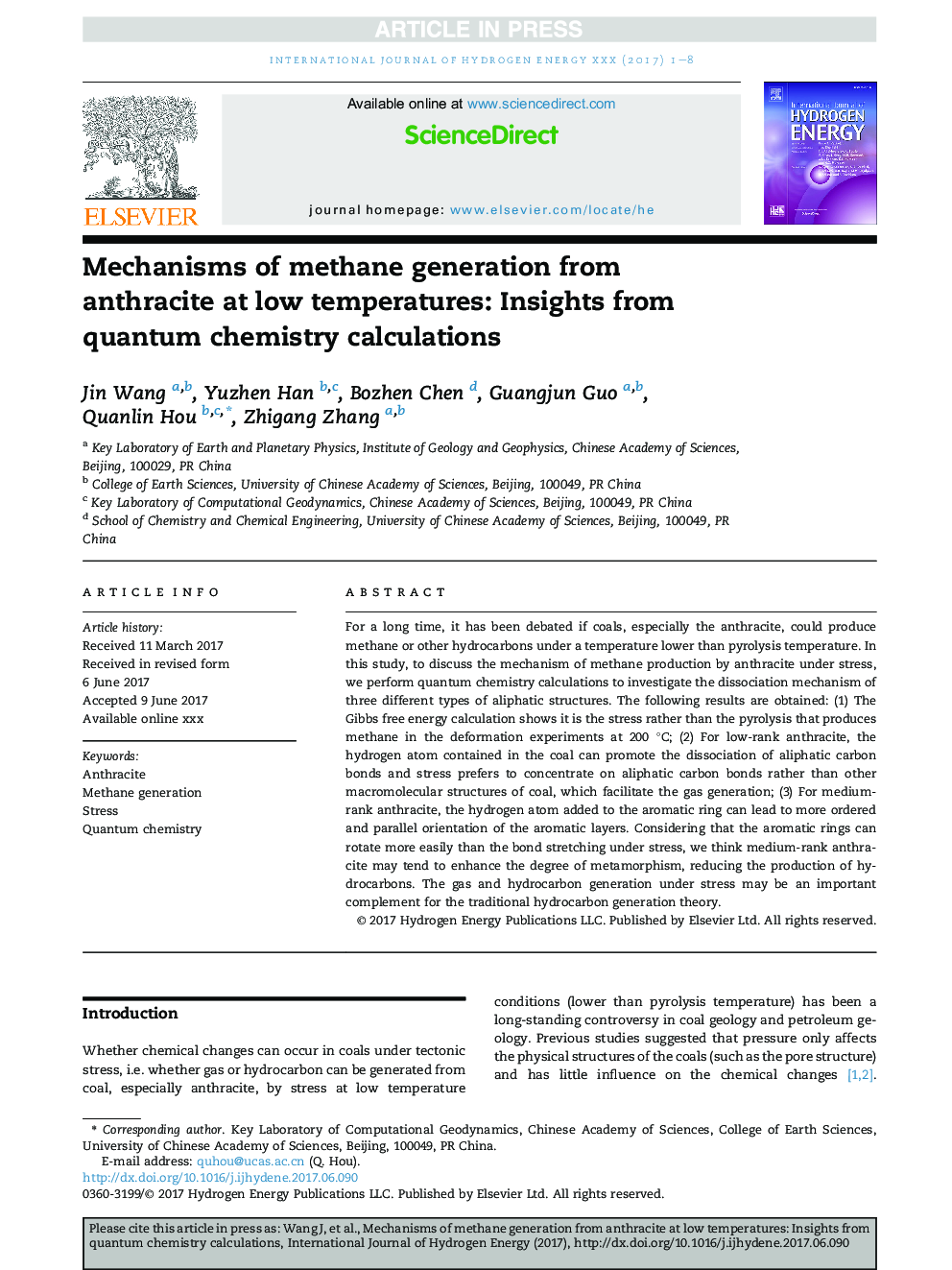| Article ID | Journal | Published Year | Pages | File Type |
|---|---|---|---|---|
| 5146388 | International Journal of Hydrogen Energy | 2017 | 8 Pages |
Abstract
We present the details of an autonomous power-on-demand fuel cell system for operating remote sensor packages currently being developed by the US Navy. The system is designed to extend mission lifetime six-fold by replacing non-rechargeable primary batteries with stored hydrogen and a fuel cell. This system utilizes hydrogen gas generated through a reaction between the solid chemical sodium borohydride and water. The chemical delivery mechanism utilizes feedback from the fuel cell output voltage in order to determine the amount of sodium borohydride to be metered into the reaction vessel. The fuel cell can power the load directly or indirectly through a small rechargeable battery. A boost converter is used to increase the voltage output and an integrated power path controller sets whether load power is delivered via the fuel cell or battery. Two methods for chemical delivery are currently under investigation. The deployed system will increase battlefield persistence by greatly extending the lifetime of existing sensors while reducing risk of harm to the warfighter.
Related Topics
Physical Sciences and Engineering
Chemistry
Electrochemistry
Authors
A. Higier, L. Hsu, J. Oiler, A. Phipps, D. Hooper, M. Kerber,
